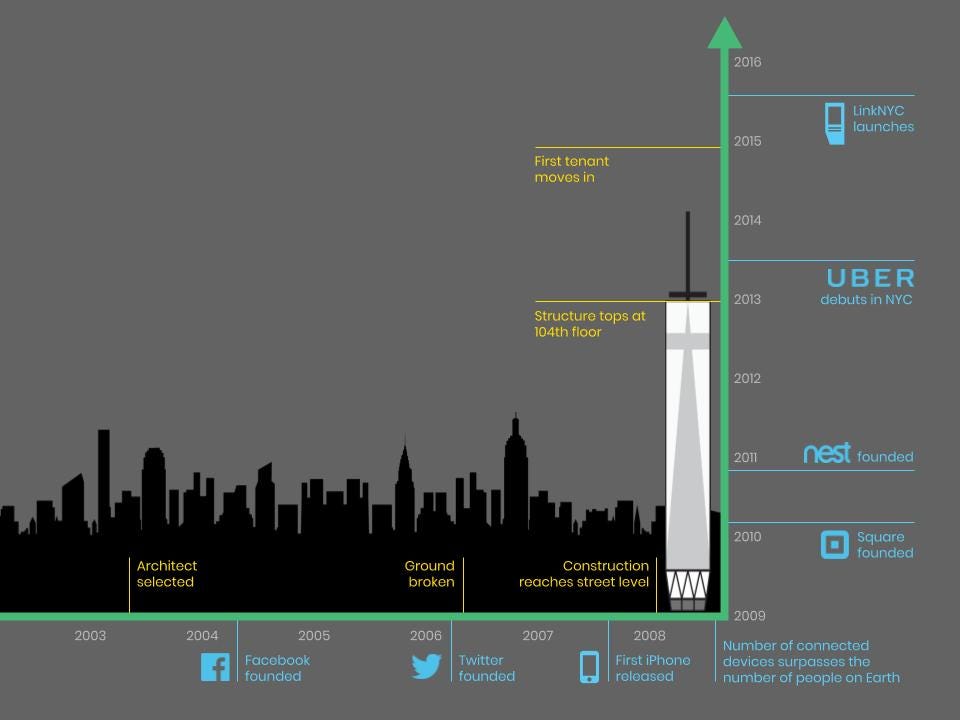Excerpt – out of link below:
PHILADELPHIA–(BUSINESS WIRE)–Comcast’s Internet of Things (IoT) service, machineQ™, and water technology company, Neptune Technology Group, today announced they have collaborated on an IoT solution designed to accelerate Smart City projects focused on advanced water metering and infrastructure (AMI). The solution, available today, combines machineQ’s LoRaWAN™ network and connectivity platform, with Neptune® LoRa®-enabled water meters and sensors, to offer water utilities and municipalities a new connectivity option to wirelessly gather data about their critical infrastructure, and in turn, maximize their workforce and boost sustainability efforts.
“Cities and municipalities are no longer delaying their Smart City programs based on the promise of future network technologies because they see the tremendous cost savings and efficiencies they can realize today from a broad range of existing IoT solutions, from trusted providers like Neptune, that are capable of leveraging the machineQ cloud-based IoT network and platform services,” said Alex Khorram, General Manager of machineQ. “We can deploy and manage a dense IoT network tailored to the unique needs of any organization very efficiently, so they can focus their resources delivering the best service possible to their end customers.”
“Water utilities can build on the smart water investments they already have using Neptune’s R900® Network-as-a-Service (NaaS) technology,” said Chuck Brunson, Vice President of Marketing, Neptune. “It’s the first LoRa Alliance™ certified solution for water AMI networks. This technology relieves the AMI infrastructure burden of costs, frustrations, and maintenance for our utility customers.”
The machineQ and Neptune solution enables utilities and municipalities to make the leap from manual meter monitoring systems that require employees to visit the hard to reach areas where water infrastructure is located, to an advanced system that wirelessly sends data to the cloud and can be monitored remotely. These new capabilities enable budget-conscious cities and utilities to redeploy employee resources to maximize their talents, and to harness the IoT data they’ve collected to deliver water to residential and commercial customers more efficiently and with less waste.
“The LoRa technology is operating seamlessly with the system we have deployed,” said Jason Jay, Programs Manager for Columbus (Georgia) Water Works. “We are excited about this easy migration path to a high-performance AMI system that Neptune is providing us.”
Western Municipal Water District in Riverside, California, is also deploying Neptune’s R900 technology combined with the machineQ network. “It’s designed to provide us with the meter data we require to effectively manage our system without having to install or maintain the network, allowing our people to focus on their day to day critical functions,” said Kevin Mascaro, Director of Finance.



